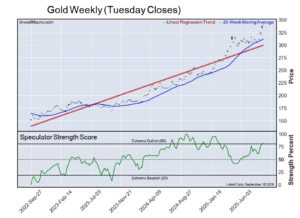By Marcela Ayres
BRASILIA, Sept 20 – Global climate finance from multilateral development banks grew by 25% in 2023 to a record $125 billion, according to a report on Friday, with the fastest growth coming in richer countries.
According to the report, climate finance for high-income economies, a World Bank category based on gross national income per capita, rose by 30% to $50.3 billion. Climate finance broadly refers to funding for climate change activities and can include grants, loans and proceeds from bonds.
The expansion of the multilateral banks’ climate finance in low- and middle-income economies was lower, growing by 23% to $74.7 billion.
The report includes data from 10 institutions including the World Bank Group and developments banks focused on Asia, Europe, Africa, Latin America, the Caribbean and the BRICs countries.
Inter-American Development Bank President Ilan Goldfajn said growth in climate finance was significant but stressed the need for more ambitious efforts to address increasing climate disasters, from heatwaves to floods.
“This is a challenge that goes beyond political lines, beyond countries, geography and income. It’s a matter for everybody to deal with,” he said, previewing a message to be delivered at the United Nations General Assembly and Climate Week in New York this month.
Individually, the countries receiving the most climate finance from the institutions last year were France ($7.4 billion), Spain ($7 billion) and Italy ($6.7 billion).
Many emerging economies, which often face scarcer financial resources and greater vulnerability to extreme weather, have called for more financial support to mitigate the climate crisis, especially as debt financing costs have risen.
Much of the growth in climate-focused investments has been aimed at renewable energy and emission reductions rather than adapting to climate change impacts, such as rising seas and more intense droughts, fires and storms.
Of the $125 billion that the institutions directed to climate finance last year, $27.7 billion, or 22% of the total, was for climate change adaptation, down from 25% in 2022. (Reporting by Marcela Ayres; Editing by Cynthia Osterman)










